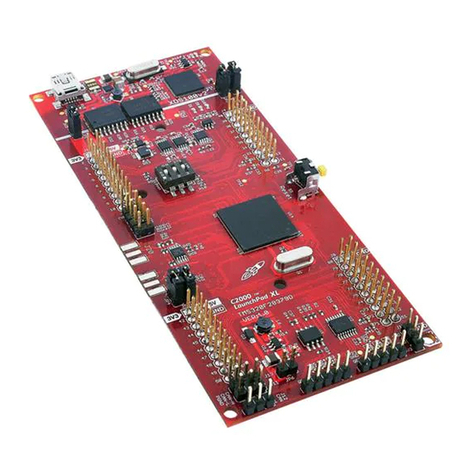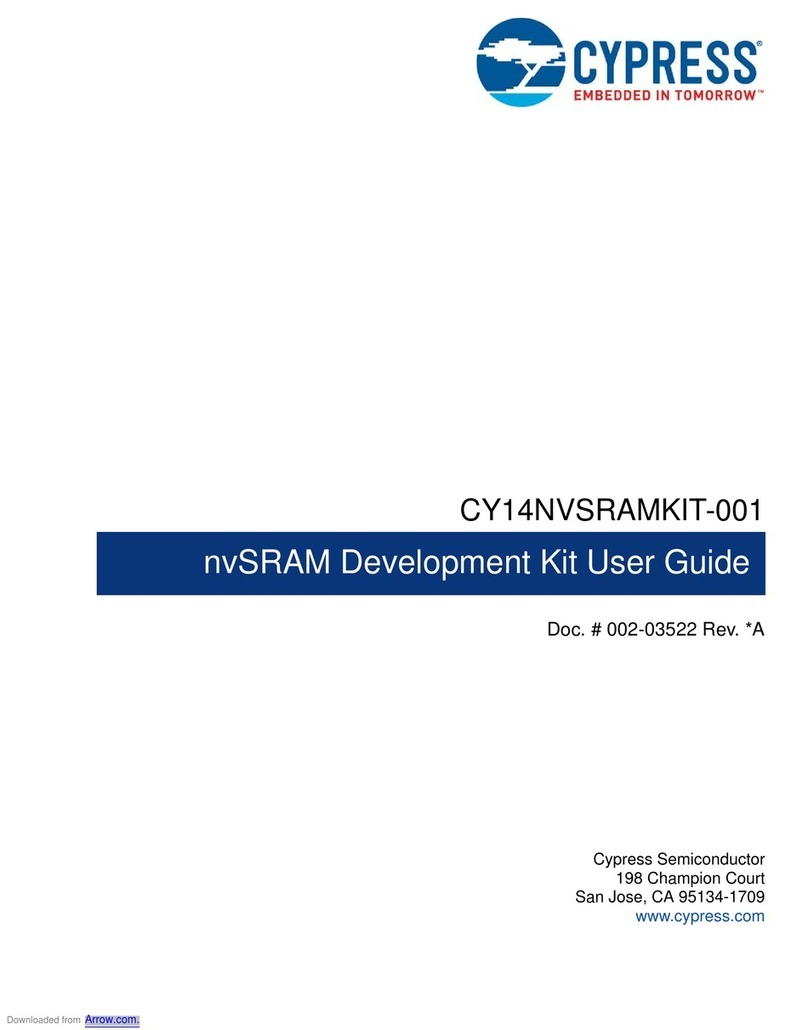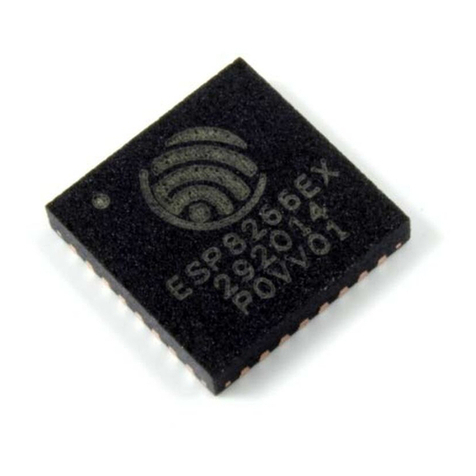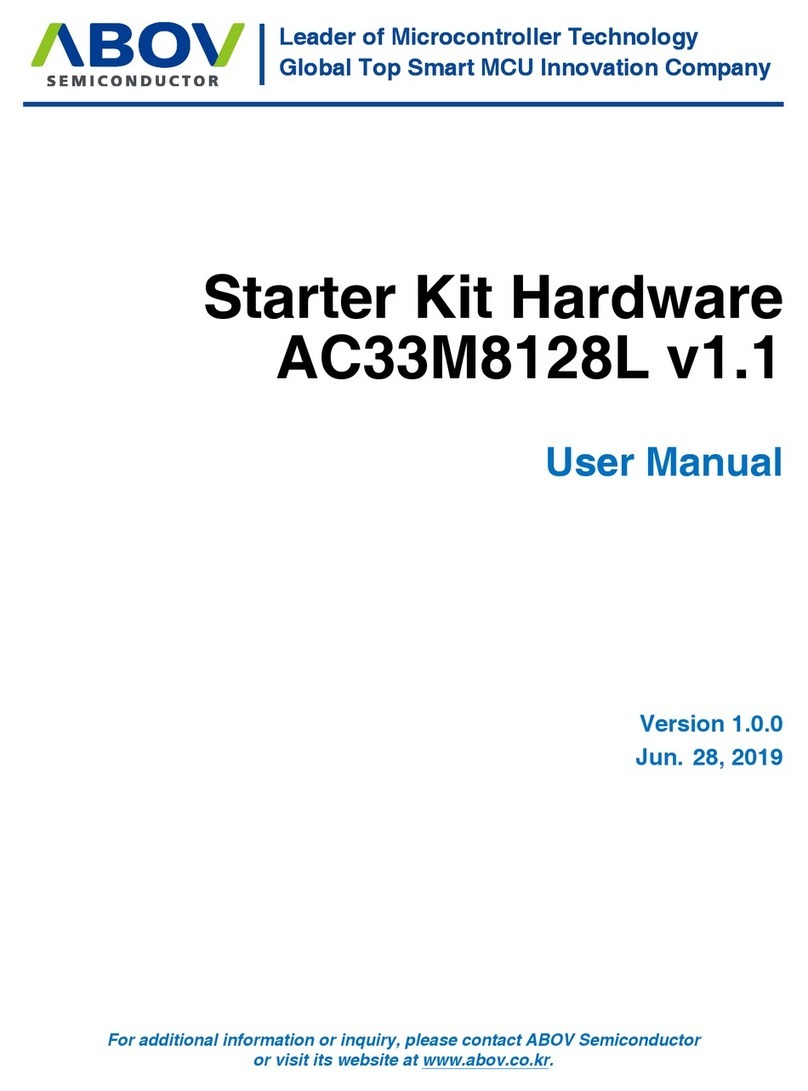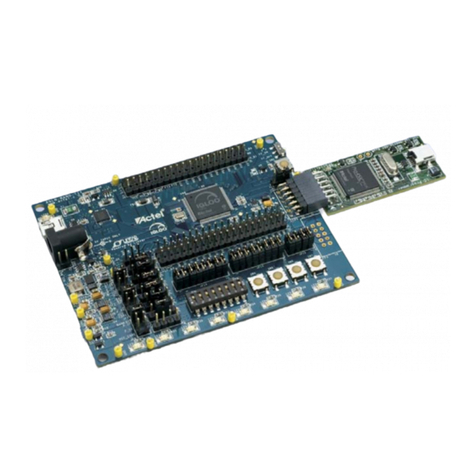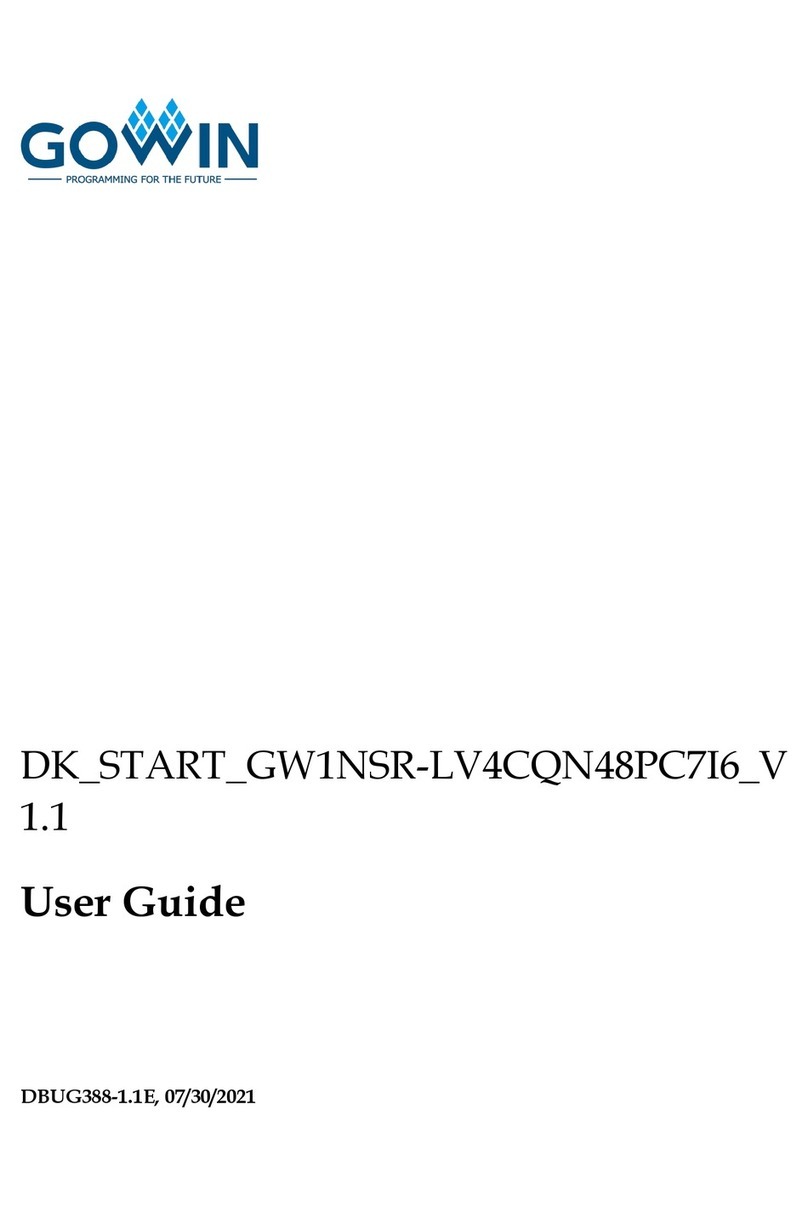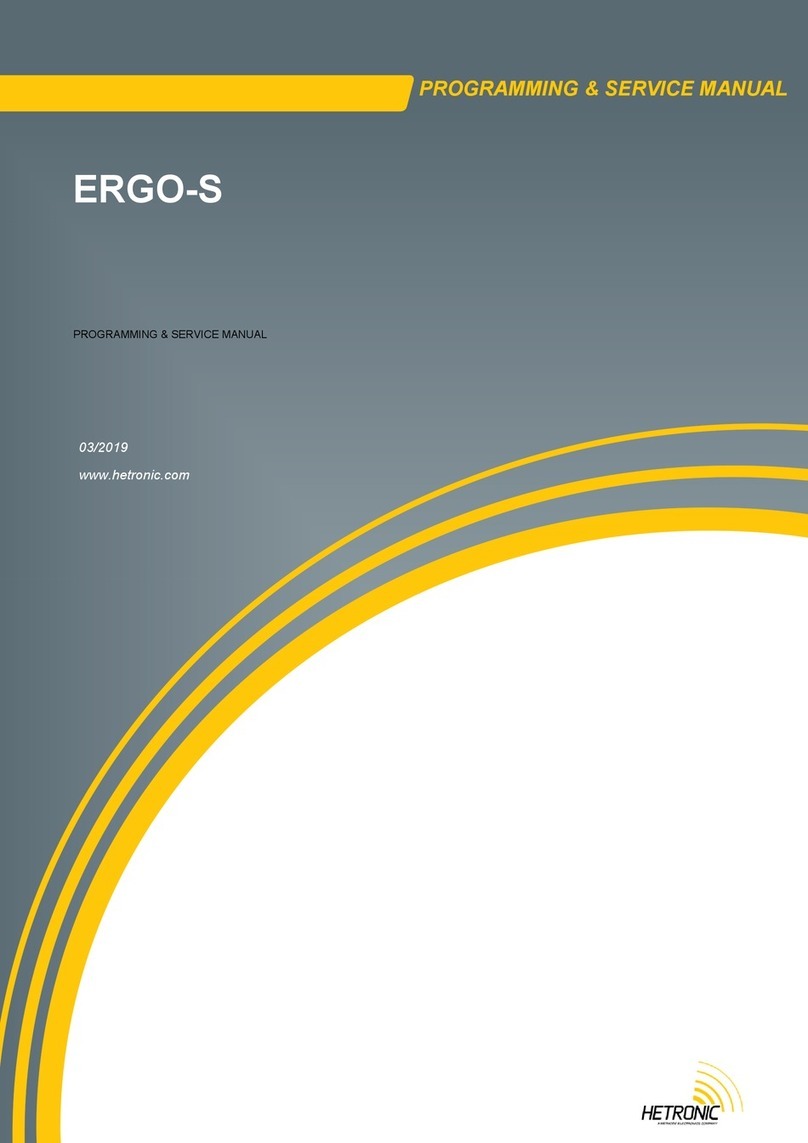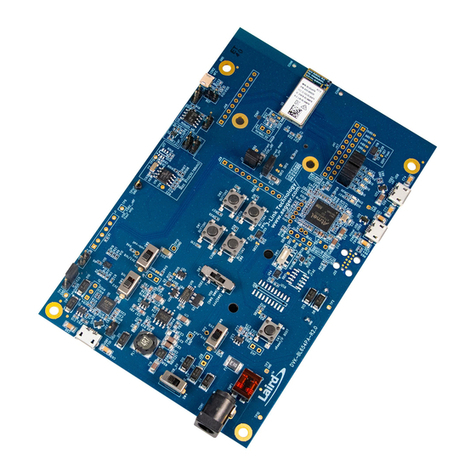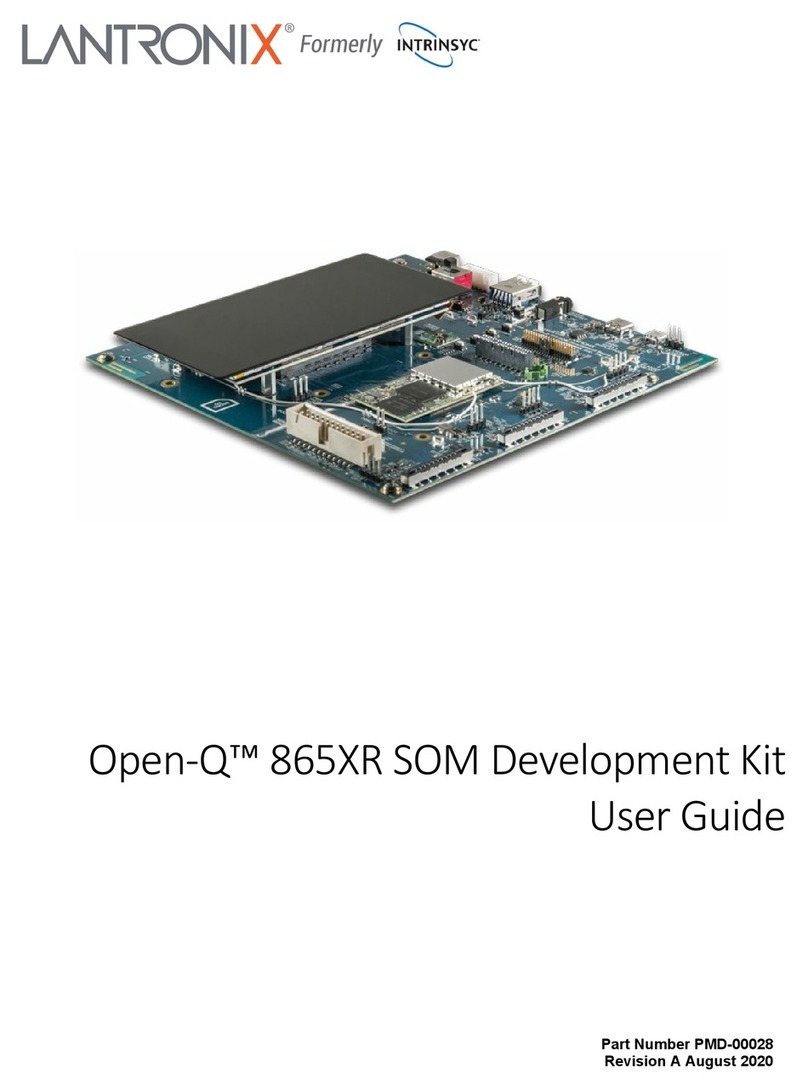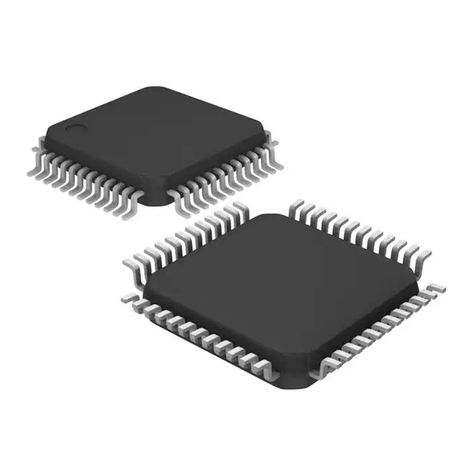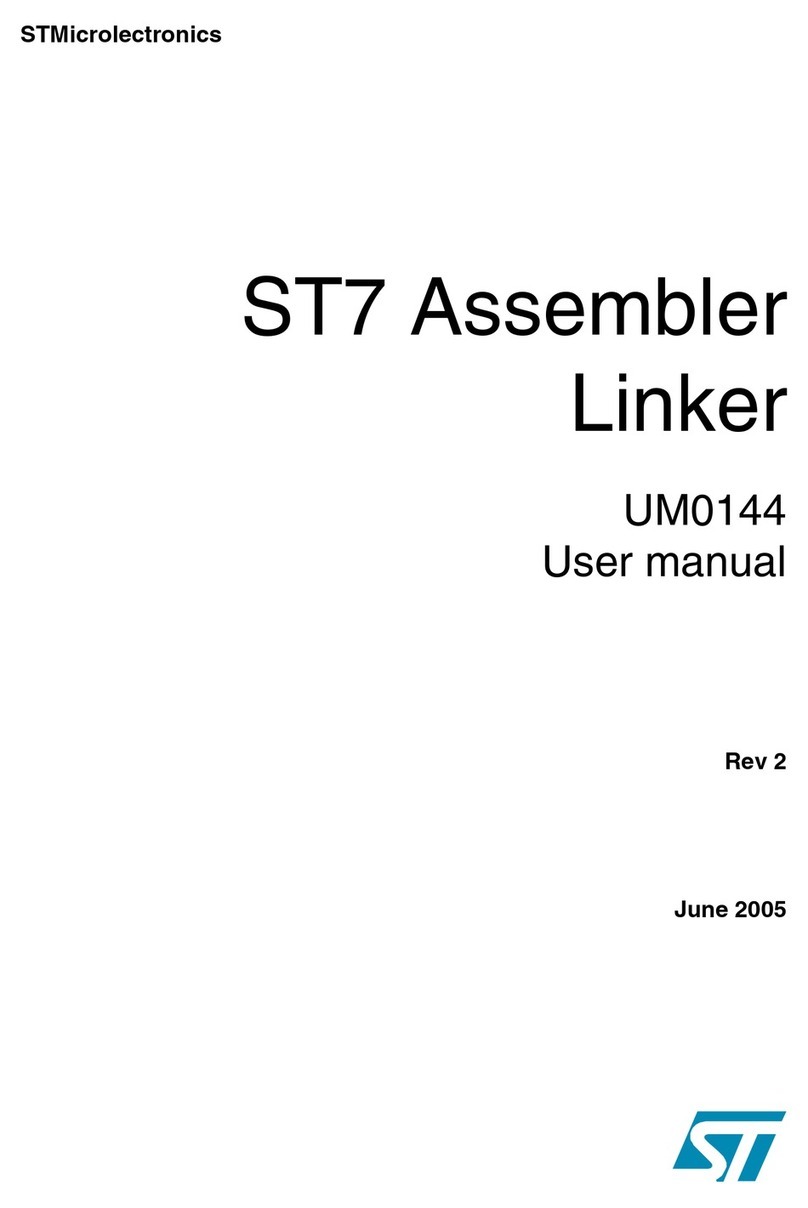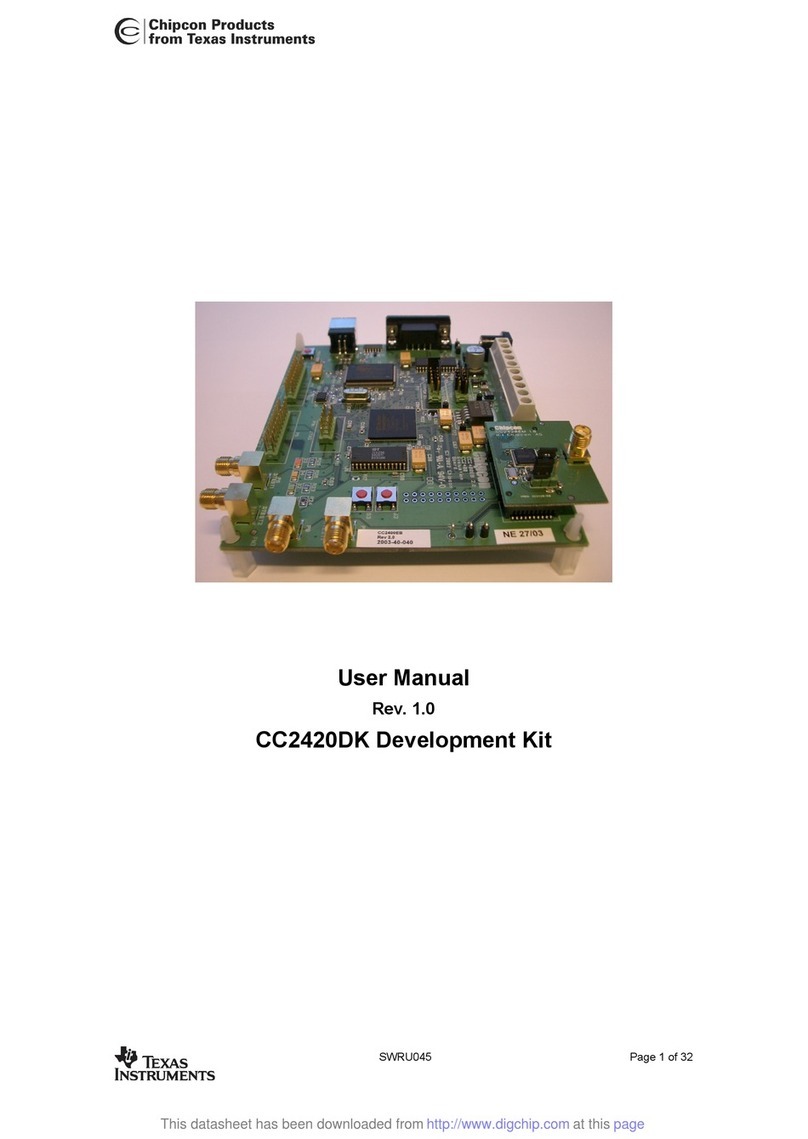
Development Kit Setup and Operation
6
The kit also includes the necessary circuitry to regulate
the DC power input and to provide the necessary
supply voltages to the receiver.
The Development Kit board contains jumper blocks
which allow the OEM to insert a current measuring
device inline with the primary and Real-Time Clock
(RTC) power lines to the receiver to monitor power
usage under various conditions. To isolate the receiver
from the Development Kit, an electronic bus switch is
used. This switch is controlled externally by a DIP
switch on the kit. The bus switch also provides control
over the bus voltage level. A jumper block is provided
to select the interface voltage level to be used.
DC power for the Development Kit is provided by either
an AC/DC converter or automobile adapter. The AC/DC
converter operates from a nominal 120 VAC @ 60 Hz
input and provides a 12 VDC @ 500 mA out. For mobile
operation, an automotive adapter intended for use in
12V vehicles is provided. Four front panel LEDs provide
the Development Kit’s basic status indicators. A
momentary pushbutton switch is provided on the
Development Kit board to generate a master reset signal
to the receiver.
Ribbon cables are provided to interface between the
Development Kit and the customer’s PC, and between
the Development Kit and a DGPS receiver. These cables
are terminated at both ends with female connectors to
match the male connectors on the Development Kit and
the PC.
A magnetic mount, active antenna is supplied with the
kit. An 8-foot long RF cable (RG-316) is provided for the
antenna with the proper connector already terminated.
The nominal measured attenuation of the cable with
3

